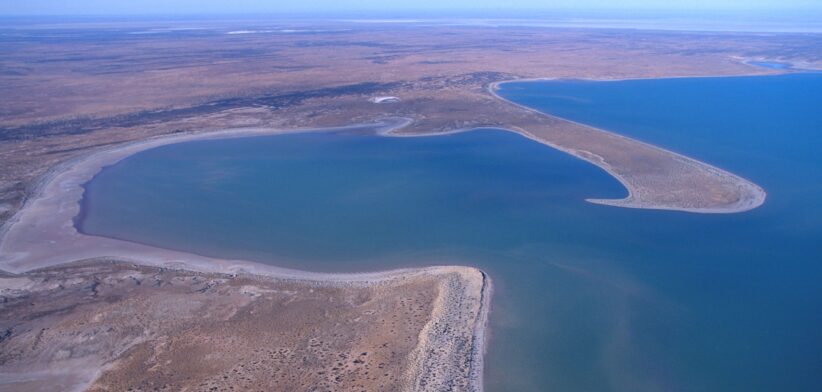Australia’s inland water bodies are the largest they have been in more than 20 years and have more than doubled in size over the past five years.
Australian Bureau of Statistics (ABS) Head of Environmental Statistics Dr Helen Fox said wetter years have seen long-term inland water bodies expand by 114.4 percent and short-term inland water bodies expand by 114.2 percent since 2019.
“In 2024, long term inland water bodies were at their largest extent since 2011 and second largest overall since the data started in 1988,” Dr Fox said.
She said inland water bodies, such as Lake Eyre, were important to Australia because they provided habitats for native wildlife, and artificial surfaces, such as cities and towns, have continued to trend upwards, increasing 105.7 percent nationally since 1988.
“While artificial surfaces make up a small part of the landscape, they have been growing in all states and territories since our records began in 1988.”
Dr Fox said grassland had expanded by 2.4 percent since 2019 and continued to be the dominant land type covering 44.2 percent of Australia in 2024.
She said the 2024 National Land Cover Account was the ABS’s most detailed ever.
“(It means) we have far better insights into the impacts of climate on land cover types.
“Improvements to ABS systems have enabled us to go from a resolution of 250 metres right down to 30 metres.”








